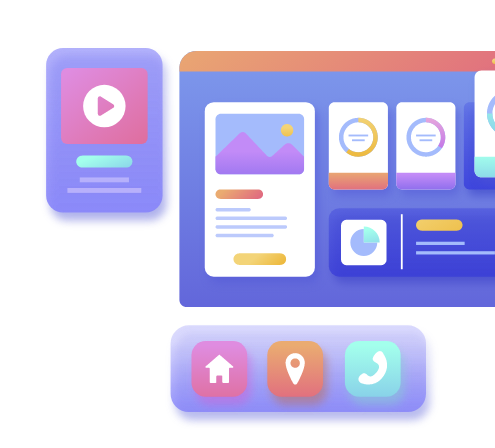Automating the customer onboarding process offers several benefits for businesses, enhancing efficiency, improving customer experience, and reducing manual workload.
Here are some key advantages:
- Faster Onboarding Time:
- Automation accelerates the onboarding process by eliminating manual steps and reducing delays. Customers can quickly complete necessary tasks, such as account setup, verification, and data entry, leading to a faster time to value.
- Improved Customer Experience:
- Automated onboarding processes provide a smoother and more seamless experience for customers. Users appreciate a streamlined and user-friendly onboarding journey, which positively impacts their perception of the brand and increases overall satisfaction.
- Consistency and Standardization:
- Automation ensures consistency in the onboarding process. By standardizing workflows and tasks, businesses can deliver a uniform onboarding experience to all customers, reducing the likelihood of errors or oversights.
- Enhanced Accuracy and Compliance:
- Automated systems can reduce the risk of human error in data entry and documentation. This helps ensure that customer information is accurate and complies with regulatory requirements, minimizing the potential for legal and compliance issues.
- Resource Efficiency:
- Automation allows businesses to allocate resources more efficiently. By automating routine and repetitive onboarding tasks, employees can focus on more complex and strategic aspects of customer relationships, improving overall productivity.
- Scalability:
- Automated onboarding processes are easily scalable to handle a growing number of customers. Whether dealing with a small or large customer base, automation ensures that the onboarding experience remains efficient and consistent.
- Data Integration:
- Integration with other systems and databases is often a feature of automated onboarding processes. This integration facilitates the seamless transfer of information between different departments, enhancing overall data accuracy and reducing silos.
- Personalization Opportunities:
- Automated systems can be designed to collect and leverage customer data to provide personalized onboarding experiences. Tailored communications and recommendations based on customer preferences contribute to a more engaging onboarding journey.
- Reduced Manual Workload:
- Automation minimizes the need for manual intervention in routine onboarding tasks. This not only speeds up the process but also reduces the likelihood of mistakes associated with manual data entry and processing.
- Real-time Tracking and Reporting:
- Automated onboarding systems often come with real-time tracking and reporting capabilities. This allows businesses to monitor the progress of each customer’s onboarding journey, identify potential bottlenecks, and generate insights for continuous improvement.
- Customer Self-Service:
- Automation enables the development of customer self-service portals where users can independently complete various onboarding tasks. This empowers customers and reduces the reliance on customer support for routine onboarding issues.
Automating customer onboarding processes brings efficiency, consistency, and improved customer satisfaction. It allows businesses to scale their operations, reduce operational costs, and deliver a positive first impression to customers.


